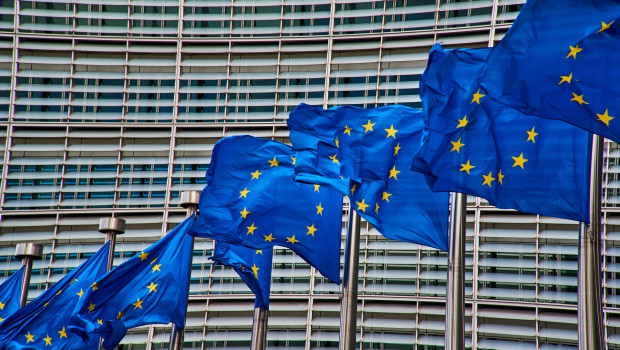Eurozone recovery gathers pace as unemployment falls

Eurozone unemployment unexpectedly dipped to a record low in April, official data showed on Thursday, while confidence edged higher.
According to Eurostat, the statistical office of the European Union, the seasonally-adjusted unemployment rate was 6.4%, down marginally on March’s 6.5% and the lowest since the single currency was created.
Most analysts had forecast no change.
In the wider EU, the unemployment rate was unchanged at 6.0%.
A total of 13.149m people were unemployed last month, 10.998m of whom where in the Eurozone.
The data coincided with the European Commission’s latest Economic Sentiment Index, which showed a marginal improvement in confidence in both the Eurozone and wider bloc in May.
In the EU, the index rose 0.3 points to 96.5, supported by improved confidence in the services sector and among consumers, despite waning confidence in retail trade and construction.
In the single currency bloc the index edged 0.4 points higher to 96.0.
Among individual member states, Germany - Europe’s biggest economy - posted a 0.8% increase, while in France it was 1.5 points higher. The index fell 3.2 points in Spain, however.
The EC’s Employment Expectations Indicator continued its downward trend in May, however, dipping 0.4 points in the EU to 101.2 and easing 0.3 points in the Eurozone, to 101.3.
Bert Colijn, senior economist, Eurozone, at ING, said: "The Eurozone economy is showing more signs of picking up.
"As always around turning points, the data is still somewhat ambiguous, but today’s economic sentiment indicator adds to expectations for continued modest growth in the second quarter of 2023. This would mark a clear break from 2023, when the economy broadly stagnated."
He continued: "The strong job market is helping the economic recovery as it keeps wage growth elevated, and has allowed purchasing power to recover after the inflation spike.
"The question is whether the economic pick-up will result in lower unemployment form here. We doubt it."